Apu Apustaja ($APU): From Internet Meme to Crypto Cultural Icon
In March 2024, a meme coin based on the Finnish internet meme character “Help Helper” – Apu Apustaja (APU) – quietly emerged. Built on a distinctive cultural DNA and powered by fully decentralized community governance, APU has surged in value, reaching a market cap of over US$1.2 billion within one year, establishing itself as a phenomenal project following Pepecoin (PEPE). This crypto frenzy, sparked by the “sad frog” meme, reveals a deeper trend in the meme coin sector: a transformation from pure speculation to cultural asset formation.

Cultural Resonance: How Subcultures Drive Value Growth
APU’s core competitiveness lies in its deep subcultural roots. Its character prototype is derived from the “sad frog” Apu, an iconic figure in Finnish image board culture known for its naive and clumsy traits. This character spread widely on platforms like 4chan and Reddit, eventually becoming a symbol of the “laid-back” internet culture. Unlike Pepecoin, APU has deliberately eschewed complex technical narratives, instead focusing on community co-created content to strengthen its cultural IP. For instance, community members have independently produced 11 music albums and the interactive game “The Book of Apu,” expanding the character into a complete virtual universe.
This strategy strikes a chord with Generation Z’s affinity for anti-elitist narratives. APU’s tokenomics—a total supply of 42.069 billion tokens with 8.279 billion tokens burned—and its “zero trading tax” design reinforce the community consensus on “fair distribution,” attracting retail investors disillusioned with VC-dominated projects. Data shows that APU’s number of wallet addresses increased by 135.7% after listing on Binance, far outpacing its peers, demonstrating that cultural resonance can be a stronger force for long-term holder cohesion than a technical white paper.
Community Governance: The Double-Edged Sword of Decentralization
Another breakthrough innovation of $APU is its completely community-driven governance model. Early on, anonymous developers relinquished control, allowing token holders to vote on the project’s future direction. For example, in June 2024, a “Animal Protection Fund Donation Proposal” was approved by the community, allocating a portion of the proceeds for real-world charity. This not only bolstered the brand image but also deepened community attachment.
However, this model also exposes certain risks. In August 2024, an early developer’s significant token sell-off triggered a single-day price crash of 52%, highlighting the challenges of a fully decentralized system lacking robust risk controls. Nevertheless, the community quickly launched a “token buyback plan” to stabilize market sentiment, proving that an autonomous ecosystem can possess self-healing capabilities.
Market Performance: The Game of High Returns and Volatility
$APU has delivered stunning wealth effects within the meme coin space – with early investors often reaping returns of up to 200 times an initial investment made at around US$62 per token. Yet, the high-risk nature of such assets is also evident:
-
Maximum Drawdown: In December 2024, the market cap of $APU fell from US$1.24 billion to US$700 million – an 87.5% drop, far exceeding the average 49.1% drawdown of meme coins.
-
Long Recovery Period: It took 112 days for the price to rebound from its lows, testing the patience of long-term holders.
-
Institutional Entry Signal: Institutions like GSR Markets have begun allocating $APU as a “cultural asset,” pushing the token’s evolution from a mere retail toy to a diversified investment product.
Such volatility reflects the nature of the meme coin market, where rapid bursts of attention translate into quick profits and just as rapid dissipation. As analyst Sasha Ivanov suggests, for meme coins to survive long term, DAO governance must strike a balance between speculation and cultural value. Investors can use tools like JuCoin’s volatility analysis to capture short-term trading opportunities while remaining cautious of narrative shifts.
Future Challenges: From Memes to a Sustainable Ecosystem
The next challenge for $APU is ecosystem expansion. In March 2025, the team announced the development of “AI Companion” features and blockchain gaming products in an effort to move beyond pure meme narratives. This approach is similar to the success seen with Floki Inu (FLOKI), which, by integrating NFT games and educational initiatives, has stabilized its market cap above US$3 billion.
However, $APU still faces three major dilemmas:
-
Regulatory Compliance: The U.S. is considering classifying “hybrid asset institutions” under federal regulations, which may restrict on-chain activities.
-
Cultural IP Maintenance: Excessive commercialization risks diluting the original community identity.
-
Technical Implementation: Current development progress lags behind the roadmap, raising concerns in the market.
If these challenges can be overcome, $APU may emerge as the first meme coin to achieve true “cultural assetization,” opening up a new value dimension in the industry.



